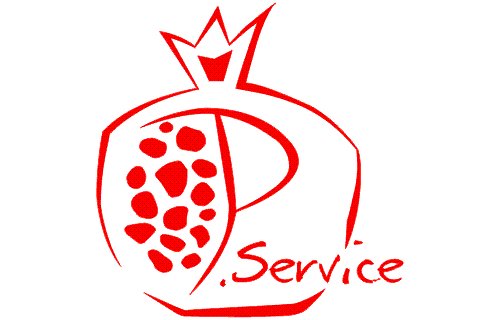- Igiene e sicurezza
- 0 likes
- 9561 views
The correct sterilization process consists of several distinct phases between them that can be more or less put into practice depending on the case and the risk in question. In fact, not all operators can and should perform the same sterilization cycle; for example, an esthetician will not need to be wrapped giveaway tools will not have necessarily to a class B autoclave, on the contrary, instead of a dentist or a podiatrist.
The phases instead of decontamination and cleaning can instead define them, as well as compulsory and essential for everyone, even fundamental to the success of the sterilization procedure. For this reason must be performed at its best, without skipping any steps.
the decontamination
Decontamination could define it as the first phase of "deactivation" of potential contaminants of strumento.Senza of this, and with a wrong manipulation, we risk worsening the situation of risk infecting places, miscellaneous tools and people (especially the operator).
The instruments after their use should not be manipulated to avoid the risk of injury which open the way to entry of pathogens (eg. HIV, virus "hepatitis B and C), but must be immediately immersed in a solution containing a chemical agent disinfectant in order to decontaminate. This solution is typically an enzymatic cleaner that precisely implements a deep cleaning and a first instrument disinfection.
The solution must be placed in an appropriate container, and it is important to use a rigid container with removable internal basket with handles and holes on the bottom, as the container for irons.
The tools that provide the possibility of being disassembled into several parts should be immersed in the decontamination solution so as are found at the end of the use, in fact, they will dismantled only after the decontamination step. Carefully follow the activation times, soak, and the concentrations indicated on the product label, which shall be shown clearly on the voice operational protocol "decontamination."
During this phase the operator must obtain the appropriate personal protective equipment (PPE) such as gloves and face shield / eye protection. Important to have graduated containers, where one can easily detect the amount of water introduced. The prepared solution will be replaced every day and whenever it arises visibly dirty, murky. It is good practice to perform the decontamination step in an environment where air exchange is guaranteed because you have the production of vapors emitted from the decontamination solution.
The washing
After the first phase of decontamination can proceed, always equipped with gloves and goggles, to the wash procedure. The washing procedure, has the aim to remove the residues of organic and inorganic substances, and consequently, also micro-organisms.
This takes place in 4 phases:
the washing phases of the tools
1-DIVING
The procedure for manual washing provides that the material is immersed in a cleaning solution (or cleaner-disinfectant). The medical device may be dipped in the solution disassembled in all its parts so that all its surface to come in contact with the cleaning / disinfectant solution.
2-BRUSHING MANUAL
After the step of dipping the instruments should be brushed in the cleaning solution or cleaning agent / disinfectant solution to remove organic residues that have not been eliminated by the action of detergent. The brushing must occur with the use of special brushes or brushes paying attention to critical areas of the medical device such as joints, knurls and cavities. For medical devices that have cavities or narrow lumens it is recommended that you hire water guns or compressed air. Brushes with soft brushes and thirst are, after use, disinfected and sterilized. During the washing and brushing is mandatory the use of PPE (gloves, face shield etc.).
3-RINSE
Rinsing consists in rinsing the material with water, this to remove detergent residue. Rinsing takes place after manual washing and / or the use of ultrasound equipment.
4-DRYING
After rinsing, there is provided a careful drying of the material that can be performed by using disposable paper towels or cloth that do not release fibers. It is preferable to the use of compressed air guns for instrumentation that has narrow lumens in order to remove residual water.
Washing in ultrasonic bath
Washing in ultrasonic bath is a supportive treatment to manual or to automatic, but it is not a substitute. The instruments must be fully immersed in the solution, opened and / or disassembled. It must be respected the solution concentration, the water temperature (ca. 40 ° C), the frequency of ultrasound and the contact time. The DM undergoing washing in ultrasonic bath should then be rinsed to remove debris detached earlier.
The cleaning solution will be replaced every day and whenever it arises visibly dirty, murky. It is not recommended for flexible instruments, Specula, handpieces and turbines.
The manual washing or ultrasonic makes use of "chemical or enzymatic action and, simultaneously, a non-corrosive cleaning agent which must be used strictly at the concentrations and for the contact times recommended by the manufacturer.
Now, after decontamination and washing, we can proceed with the disinfection of instruments, prior to the real sterilization.










